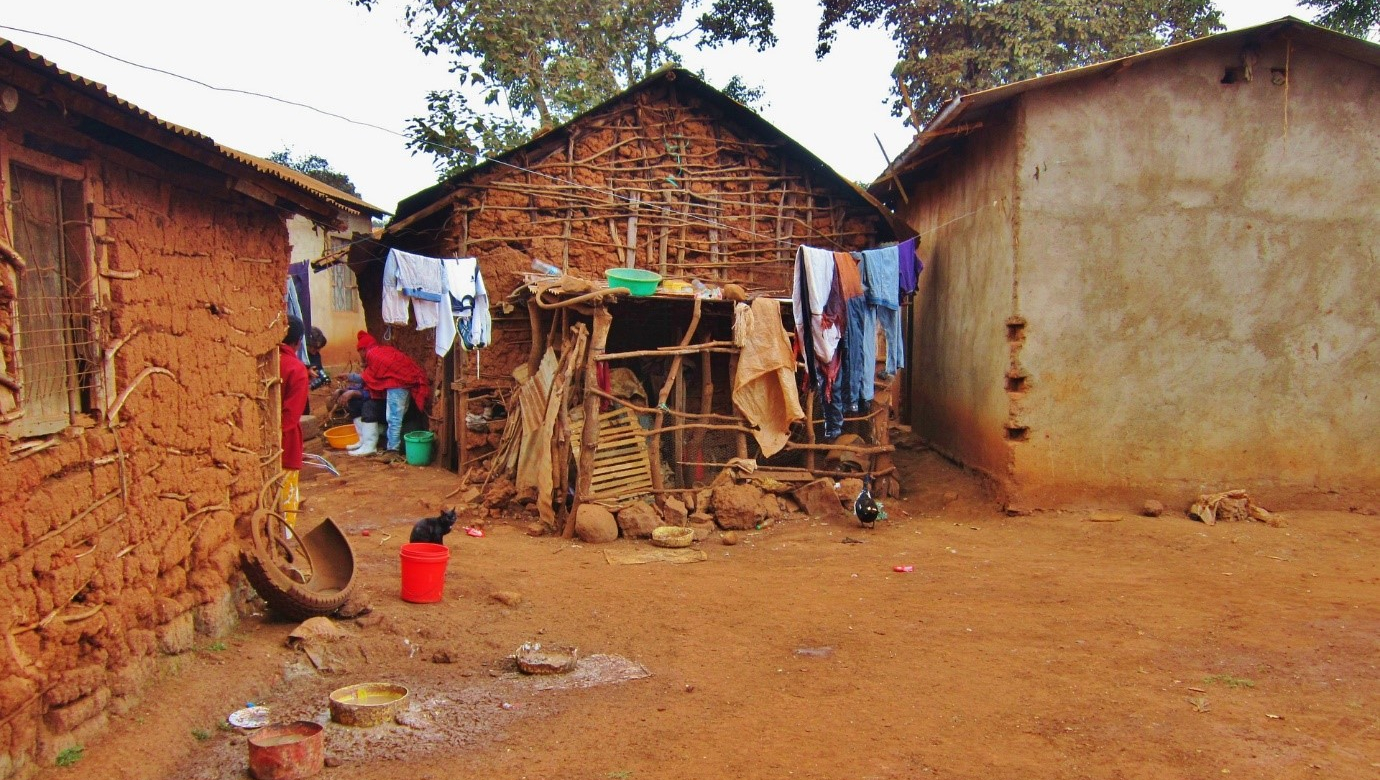Rapid on-site determination of drinking water safety
This project aims to develop low-cost and easy-to-use colorimetric sensors that are able to indicate inorganic drinking water contaminants.

The main aim of this project is to develop low-cost and easy-to-use colorimetric sensors that are able to indicate inorganic drinking water contaminants. Currently, our work focusses on fluoride, mercury and arsenic detection.
Project outline
As of 2015, WHO data show that around 1 in 10 people globally lack access to safe drinking water (>600 million people). A key issue for people in the developing world is knowing whether or not water from a particular source (e.g. village well) is safe; the situation is complicated by the fact that water from a previously safe source may become unsafe because of contamination, either due to human activity such as mercury, lead and cadmium or of natural origin such as fluoride and arsenic.
Accurate methods for quantitation of these drinking water contaminants exists, including fluorescence measurements or electrochemical detection, but all of these require specialized equipment and an expert user in a laboratory setting. It would be highly desirable to develop a detection system that could be used in the field by a non-expert user (a village resident) and which requires no electrical supply or specialist equipment.
We are tackling this problem by developing molecules that change colour in the presence of a specific contaminant. The key concept is that a strip of paper impregnated with this sensor molecule will be dipped into a sample of well water, and in the presence of unsafe levels of the contaminant, a colour change will occur that provides a rapid, unambiguous visual readout that is discernible to the naked eye. If a contamination problem is identified, the appropriate remediation technologies can be implemented.
Science
These sensors are based organic molecules that allow on-site detection of contaminants without use of harmful chemicals, including heavy metals, as sometimes necessary for other colorimetric methods. The chromophore backbone used in this project are azulene and guaiazulene derivatives that can be obtained from renewable sources.
We have developed the first colorimetric sensor that uses a boronic ester as fluoride reporter element. (DOI: 10.1039/C7CC07416F Chem. Commun., 2017, 53, 12580-12583). We have also synthesised a series of mercury colorimetric sensors that detect mercury in water via supramolecular interactions.
Impact
Low-cost and reliable contaminant detection methods will be beneficial to rural communities that are affected by contamination of their water resources. We are working with the Nasio Trust, a charity that has been active in Eastern Africa for several decades to integrate our detection methods into an overarching concept to improve water safety in remote communities in Tanzania. Many regions in East Africa are particularly affected by fluoride contamination.
This is the PhD project of Carlos M. Lopez Alled from the Centre for Sustainable Chemical Technologies. Email address: C.M.Lopez@bath.ac.uk

